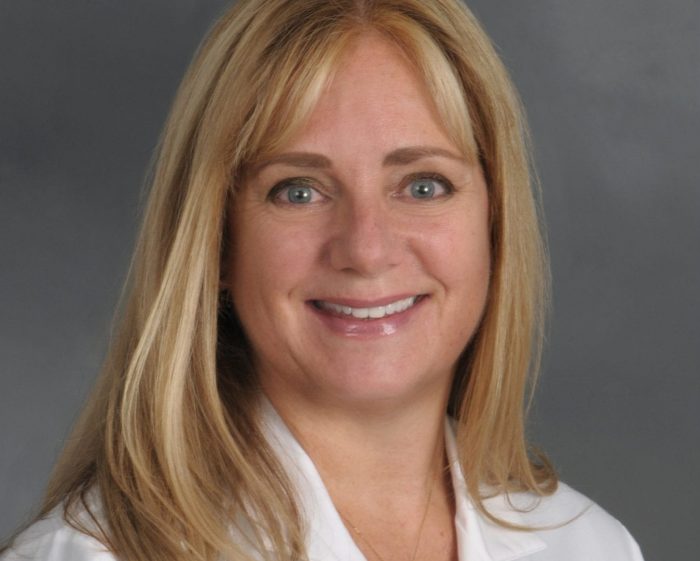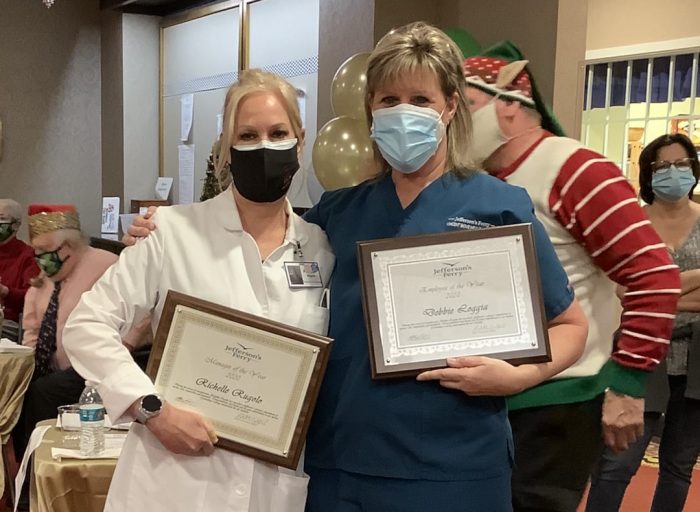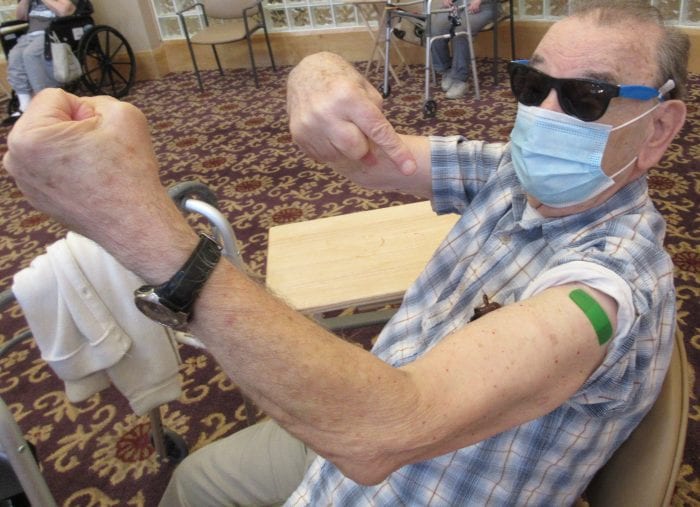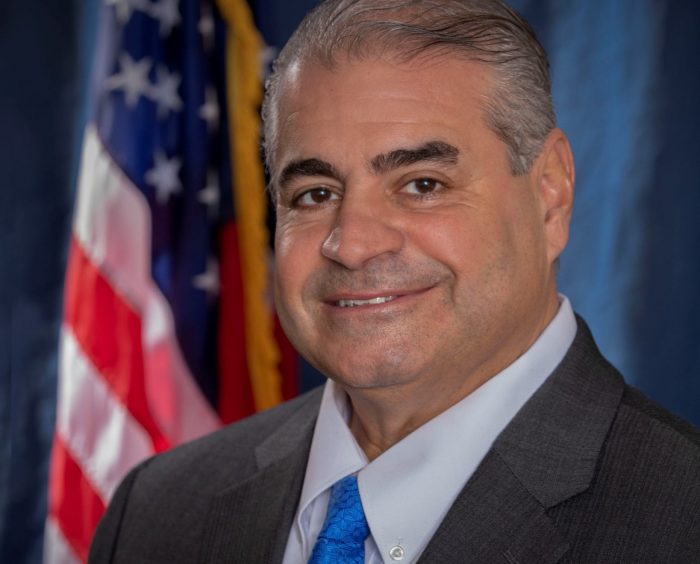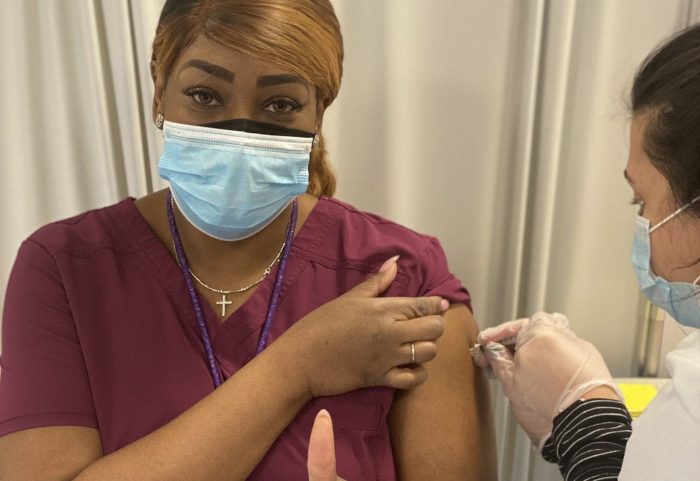Teresa Habacker, MD, FAAOS, FASSH and her practice, East End Hand Center, have joined Stony Brook Medicine Community Medical Group, Stony Brook Medicine’s expanding network of community practices.
“We are happy to welcome Dr. Habacker to a more inclusive role in Stony Brook Medicine. For more than five years, Dr. Habacker has served the Stony Brook Medicine community on the hand surgery/trauma team and the Hand Surgery Fellowship Training Program,” said Lawrence Hurst, MD, Professor and Chair of Orthopaedics, Chief of Hand Surgery at Stony Brook Medicine. “In our new relationship, we look forward to expanding her role in these areas, as well as the Center for Musculoskeletal Health, providing world-class care to patients on the East End.”
Dr. Habacker is a board-certified orthopedic surgeon with an additional certification in hand surgery. She provides comprehensive orthopedic care in Mattituck, Port Jefferson, Southampton and Wading River.
“I have had the pleasure of working with Dr. Hurst and the hand surgery team,” said Dr. Habacker. “I am pleased to be a part of the Center for Musculoskeletal Health and I look forward to working with the local physicians and ancillary teams as I continue to serve the communities on the East End of Long Island.”
Dr. Habacker completed her medical degree at the Medical College of Virginia in Richmond, VA. She completed her surgical residency at SUNY Downstate Medical School in Brooklyn, NY and her orthopedic surgical residencies at Louisiana State University in New Orleans, LA and Long Island Jewish Medical Center in New Hyde Park, NY. Dr. Habacker then went on to complete a hand surgery fellowship at Thomas Jefferson University in Philadelphia, PA. She is an Assistant Clinical Professor and has admitting privileges at Stony Brook University Hospital, Catholic Health Services and Northwell Health hospitals in Suffolk County.
East End Hand Center is accepting new patients. Office hours are Monday through Friday. To make an appointment, call 631-473-4263.
About Stony Brook Medicine
Stony Brook Medicine integrates and elevates all of Stony Brook University’s health-related initiatives: education, research and patient care. It includes five Health Sciences schools — Dental Medicine, Health Technology and Management, Medicine, Nursing and Social Welfare — as well as Stony Brook University Hospital, Stony Brook Southampton Hospital, Stony Brook Eastern Long Island Hospital, Stony Brook Children’s Hospital and more than 230 community-based healthcare settings throughout Suffolk County. To learn more, visit www.stonybrookmedicine.edu
About Stony Brook Medicine Community Medical Group
Stony Brook Medicine Community Medical Group, an arm of Stony Brook Medicine, includes over 35 community practices with over 50 locations across Long Island, from Farmingdale to Greenport. We offer exceptional care by more than 100 providers in 18 specialties committed to enhancing medical care coordination in the community. To learn more, visit sbcommunitymedical.org

